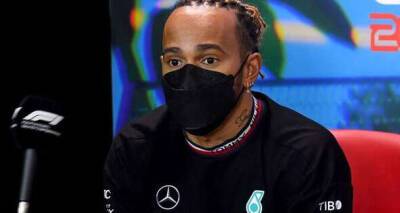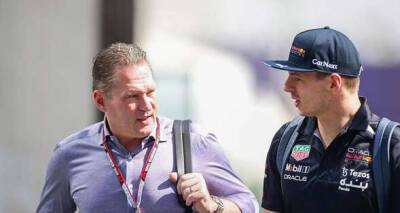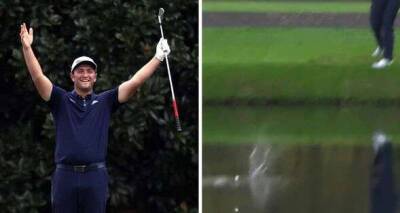Why Formula 1's big 2022 changes are changing racing for the better
The new rules are working.
The Saudi Arabian Grand Prix was a thriller with close battles throughout the field. The 2022 cars, which produce less aerodynamic wake than before, were able to follow closely and there were 33 overtakes — encouraging on a street track — including several between Charles Leclerc and Max Verstappen up front.
Key is that once overtaken, rivals can immediately fight back. DRS was crucial in many cases. Verstappen took the chequered flag ahead of the gaining Ferrari driver by just half a second.
‘I don’t think there was much more I could do,’ Leclerc said. He felt he could have done with a little less downforce, as this was costing him top speed on the straight.
It took Max three attempts to make the move stick. He had complained several times Leclerc had been illegally crossing the pitlane entry line — something the stewards chose not to investigate. For his part, Leclerc congratulated Verstappen on his victory over the team radio. There is respect, certainly on Charles’ part.
The pair know each other’s racecraft well from karting against each other during their youth, when sometimes there were recriminations in the paddock. Young Charles was a picture of calm and restraint then, and that’s the man he is today. We’ll see whether he can maintain this laudable composure over the course of an intense F1 title battle, for Max’s sniping is only likely to increase.
Red Bull and Ferrari were evenly matched over the weekend, and Sergio ‘Checo’ Perez was unlucky not to be standing on the top step. The Mexican took the first pole position of his career and had it all under control until Nicholas Lafiti hit the barrier on lap 16 and triggered the safety car. Checo had only just pitted, while the Ferraris






